
Important Note: This is another series of blog posts where, when the events described within were transpiring, we did not take notes, and so here I am, thousands of years later, attempting to give context to images that, while able to trigger fragments of memories, act as an incomplete picture of the story. Sure enough, we should have been tending to these things without fail, but little did we understand the value of revisiting milestones later in life. And so, without that proverbial further ado, here we go into a murky past.
Many things can be lost to the passage of time, but two heads and a few visual reminders can tease out enough of the story that a decent retelling of an adventure can emerge. For example, it’s 12:34 as we snap this photo north of Oklahoma City; I know this specifically as the time stamp in the details of this digital image says so. Had I forgotten that we flew into Oklahoma City on this particular trip, the photos preceding this one let me know the facts. The internet helped me remember that this old Steak & Catfish Barn used to be off Interstate 35, and with all of these details, I remember the trigger of seeing a “joint” that, in my imagination, promised a perfect meal of catfish. It must have delivered just that because we stopped a second time on our way back to Phoenix a few days later.
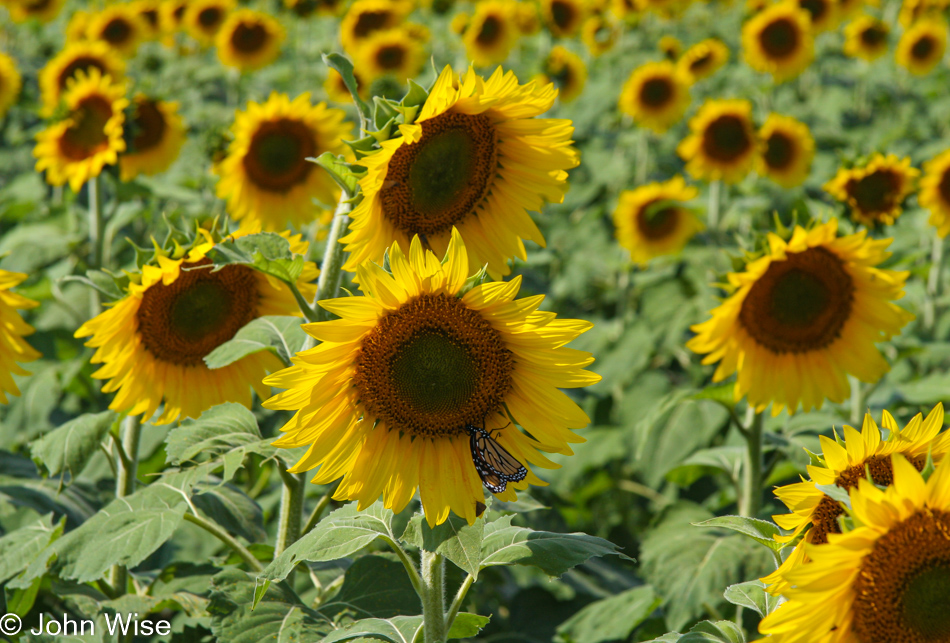
Hey, monarch butterfly, we’ve possibly met your ancestors or will meet your descendants on some trip or other to the California Central Coast. I have to wonder if the Oklahoma branch of butterflies is a distinct group separate from the Kansas branch. Maybe I should have just repaired the above, but aren’t mistakes part of learning? You see, the monarchs found out here east of the Rocky Mountains overwinter down south in Mexico, while those west of the Rockies are the ones we find out on the Pacific coast between San Luis Obispo and Pacific Grove, California.
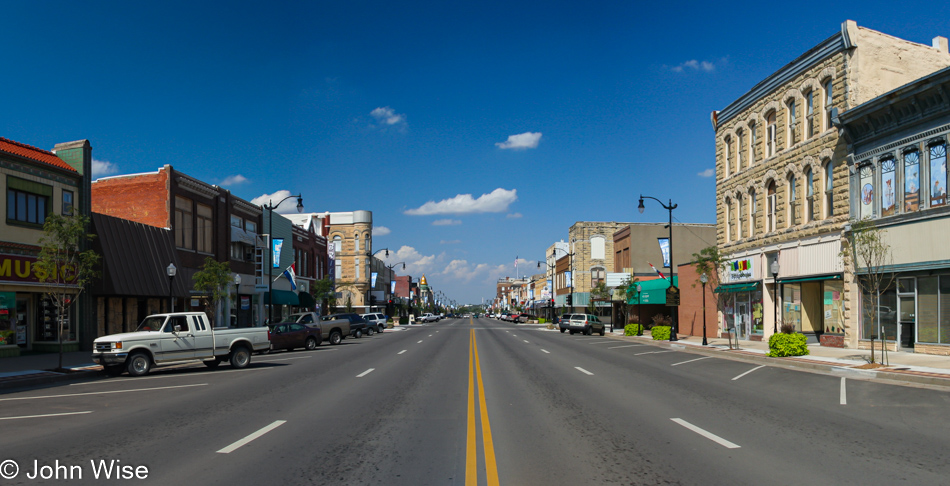
It took some searching and zooming to find clues about where we took this photo. It turns out that this is Arkansas City, Kansas, on South Summit Street.
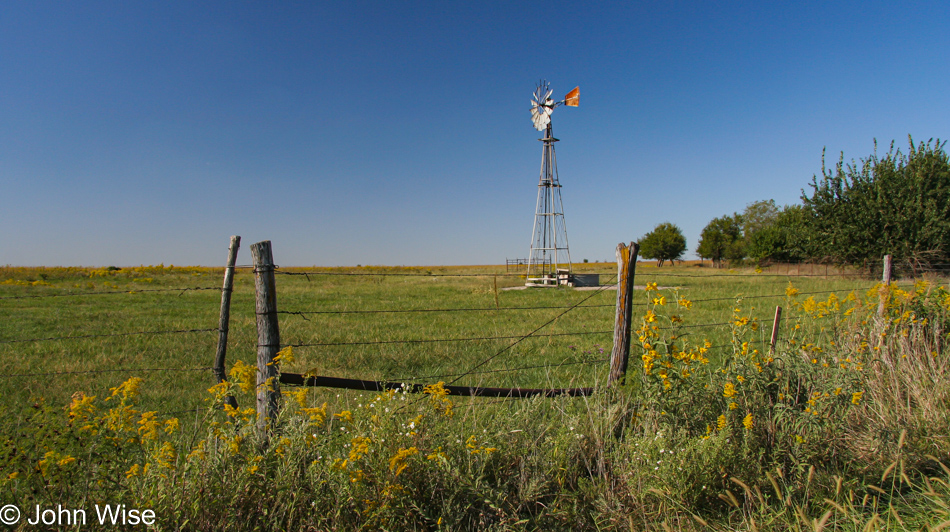
In keeping with our dictum of remaining off the main highways, we are maximizing our potential to see more because out in the middle of nowhere, we are provided the best opportunity to find what we are looking for.
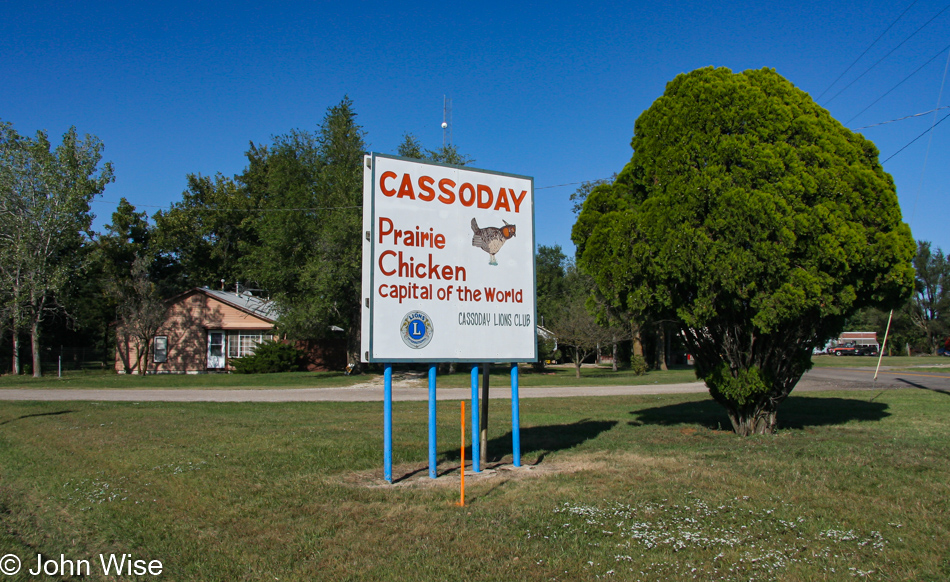
While Minnesota holds the distinction of featuring the World’s Largest Prairie Chicken, Cassoday, Kansas, is the undisputed Prairie Chicken Capital of the World, and we’ve been here.
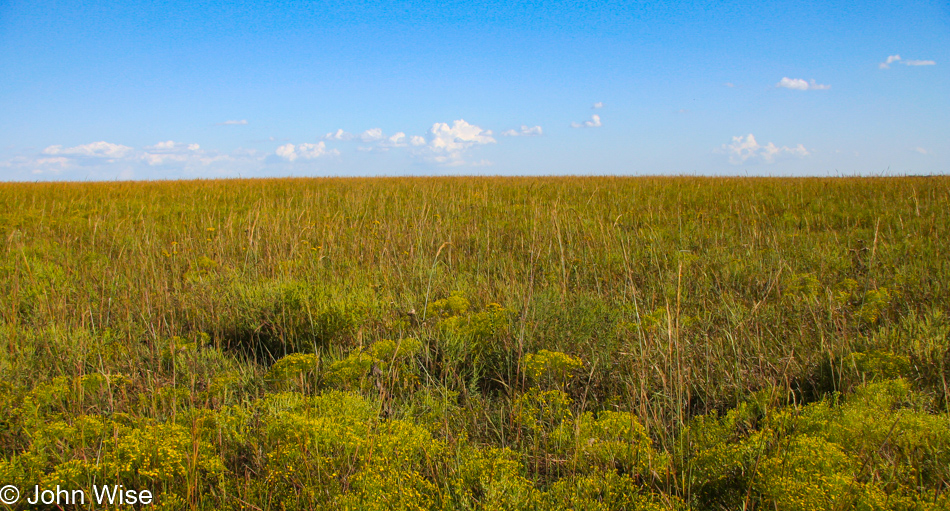
Grasslands on the open plains: the only thing missing is a giant herd of bison. By the way, we are on Kansas Route 177, traveling north, which will bring us right to the following.

A man from Buffalo, New York, hardly qualifies as the missing beast on the Great Plains, but with a wooly reddish-brown beard, this will have to suffice. Sites that have been able to protect the natural state of the environment as it existed for millennia out here in the middle of America, such as the Tallgrass Prairie National Preserve, are rare; visit them while you can.
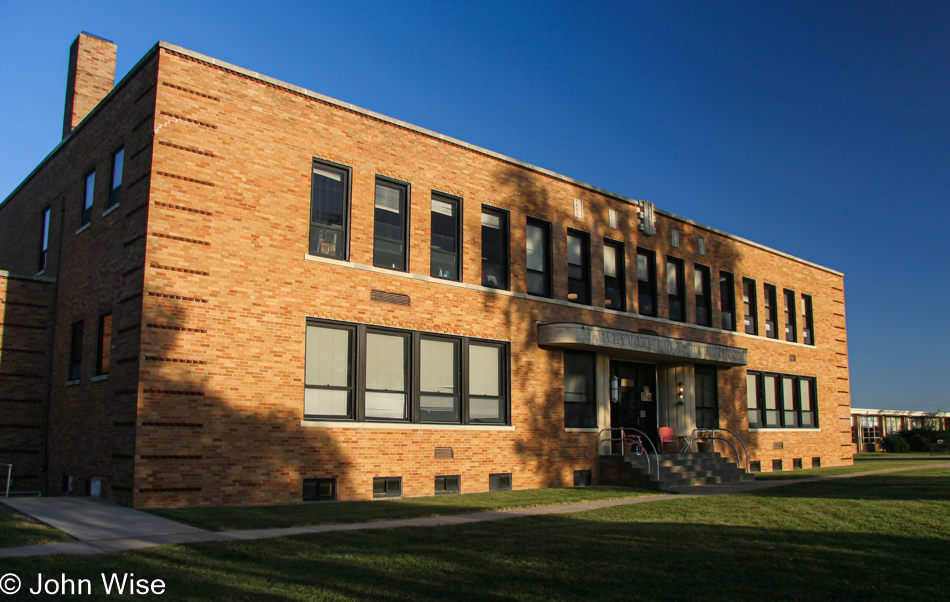
This is the Harveyville High School, which was built in 1939 and closed in 1970; just behind it to the left is the old grade school that opened in 1954 and is now closed, too. Both buildings were adopted by QueenieVonSugarpants (Nikol Lohr) and her partner Ron Miller.
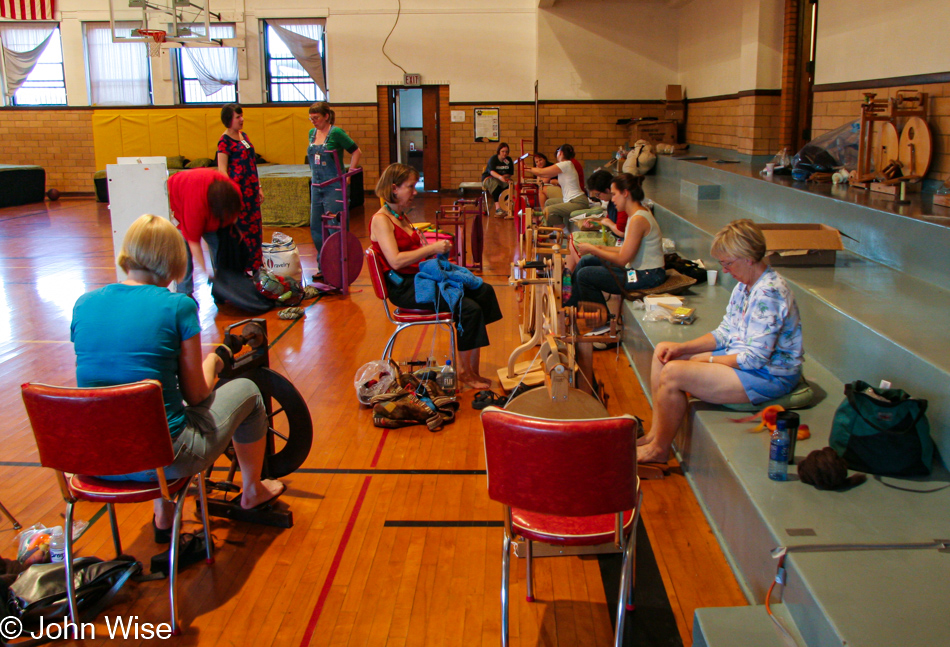
Yarn School is just one incarnation of what these old buildings are used for, and it’s the driving reason for us showing up out here at the beginning of fall.
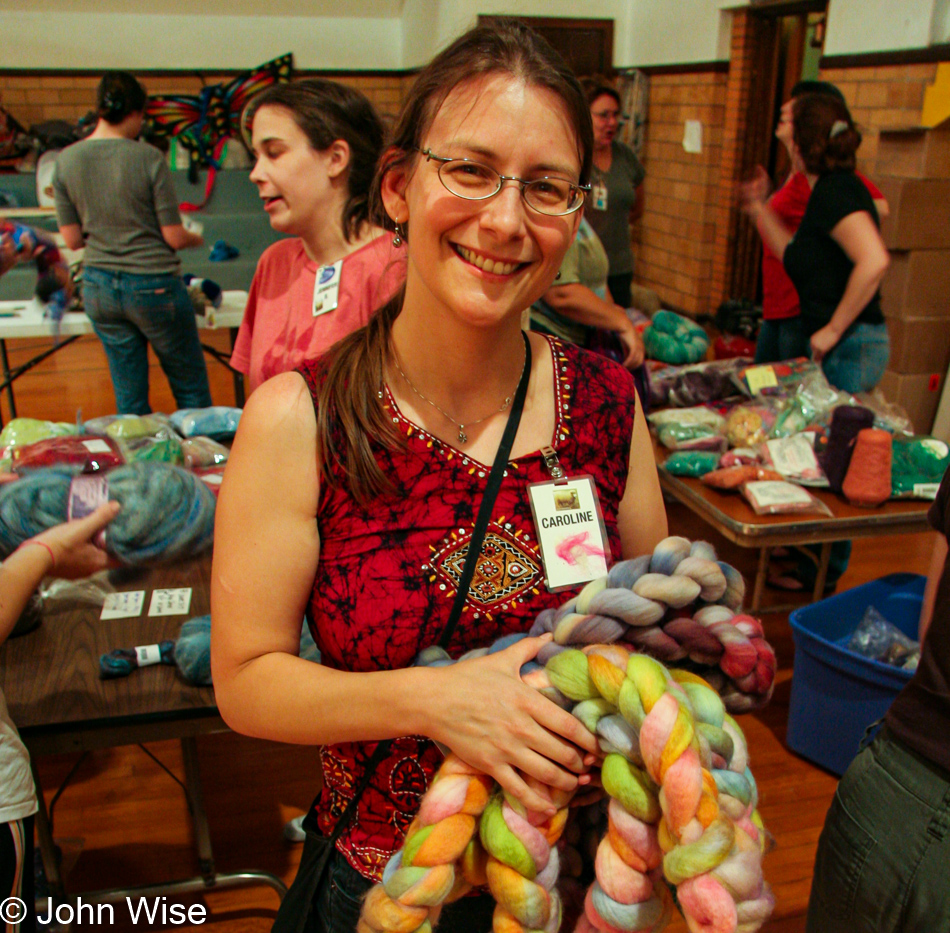
Caroline had learned to knit and crochet as a teenager and, back then, had only briefly considered learning how to hand spin and make yarn, but one day, while I was scanning a now-forgotten website that aggregated interesting links, I saw something about “Yarn School” and followed the link. I learned of Nikol Lohr and her ambitious project in Harveyville, Kansas, where she was bringing people together from near and far to learn the old craft of turning fibers into yarn. I called Caroline at work and asked if she had any interest in learning how to spin without filling her in with any details; after a moment of waffling, she said she could be interested.
Seeing that Harveyville is just 200 miles from the dead center of the continental United States, I thought, “What better place to learn this ancient craft than in the middle of the Great Plains?” So, I called Nikol to see if there was a spot open for my wife. Well, I learned that not only was there a spot, but I could stay too by sharing a room with Caroline in the old High School facility. This all sounded very exciting, and before we knew it, I had her reservation paid for, tickets to Oklahoma City were purchased, and a rental car was reserved for our great adventure to The Harveyville Project.
In this photo, Caroline is, for the first time, holding something called roving and combed top: fibers that have been processed and are ready for the hand spindle or spinning wheel where they’ll become yarn. I think this first purchase of roving was just being caught up with the excitement of it all, as we didn’t have a spinning wheel at home; yet.